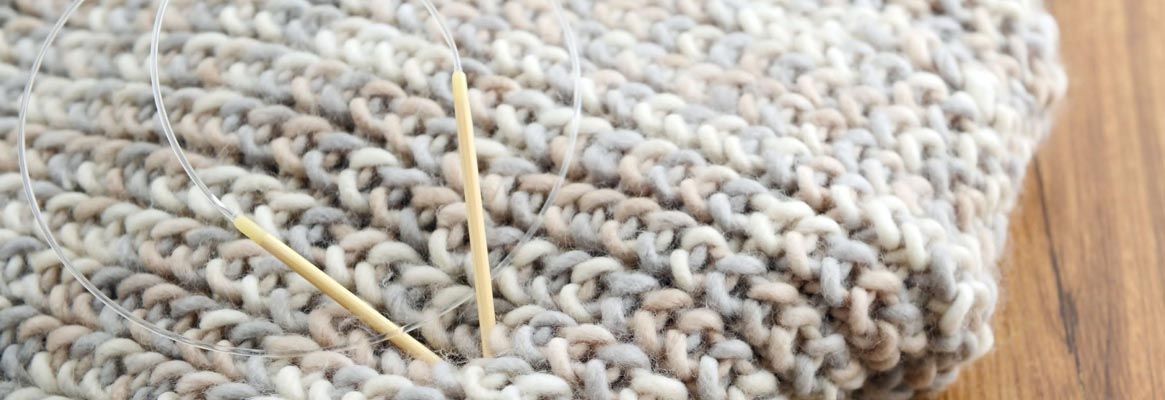The Effects of Different Fabric Types and Seam Designs on the Seams Efficiency

By: Courtney LaPere
Introduction
Fabricated textile products require joining fabric together by some means. A variety of methods include: sewing, gluing, thermally bonding, etc. This joined fabric is required to have similar strength at the point of joining as the original fabric. This method of joining is commonly called seaming. Seams are the basic element of structure of any apparel, home furnishing product and industrial textiles. The main focus of this investigation is to study the joining parameters of fabric using a standard sewing machine.
Two different seam designs will be investigated on three woven fabrics made from cotton, wool and silk. Textile products are produced from various fibers and different fabric construction, hence finding a specific seam that will best suit each individual product. Fabric seams are the most important parameter to maintain product integrity.
Statement of Problem
It is necessary to determine the most appropriate seam for each type of fabric to achieve a desired product quality. Quality reflects the performance of the apparel or textile product. Distinct seams are suitable for particular fabrics because each fabric has its own unique properties. Fabric quality is related to physical property and performance features.
The fiber content influences the overall characteristics of a fabric. Understanding the components of the fabric and the quality of the seam will ensure the best performance for that particular product.
Purpose of Study
This study will lead to the optimization of seam designs for cotton, wool and silk fabrics that are used in home furnishing and apparel manufacturing. From this purpose of study the following specific objectives will be addressed:
- Determine the effect of two different seam designs on fabrics produced from cotton, wool and silk yarns.
- Determine the range of seam efficiency within the same fabric utilizing a specific seam.
- Determine which seam design produces the highest seam strength for each of the three fabrics.
Significance of Studies
Maximize a potential seam to ensure that seam will interact with the components of the fabric to ensure the best product durability. Besides the strength of the fabric, seams help guarantee the construction of a product. The functional performance features of the fabric and seam enhance serviceability.
The majority of fabrics aesthetic properties relate to luster, drape, texture and hand. Each seam construction will establish a different relationship to the fabric because of the properties of the fabric and of the sewing thread. Comprising the knowledge of a specific seam that produces the greatest seam strength will be highly beneficial for new tests and products.
About the Author
The author is associated with Eastern Michigan University, Michigan.
Originally published in New Cloth Market; July 2009







